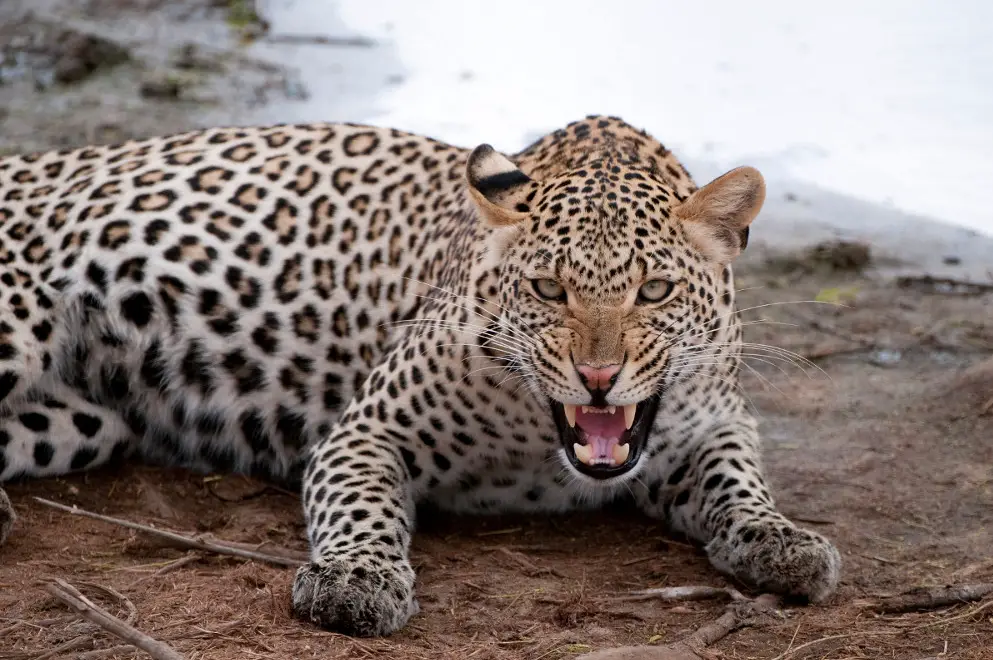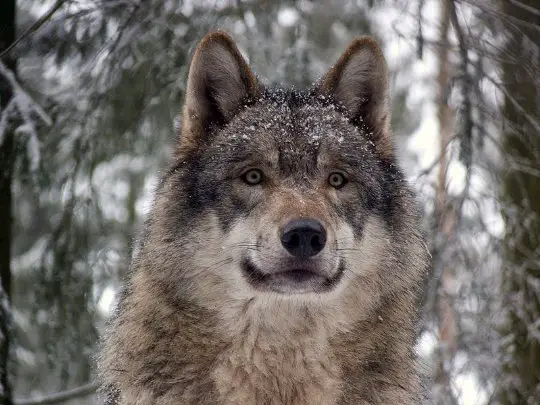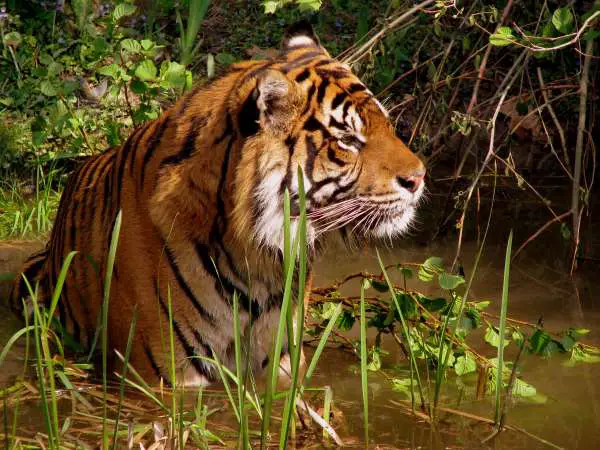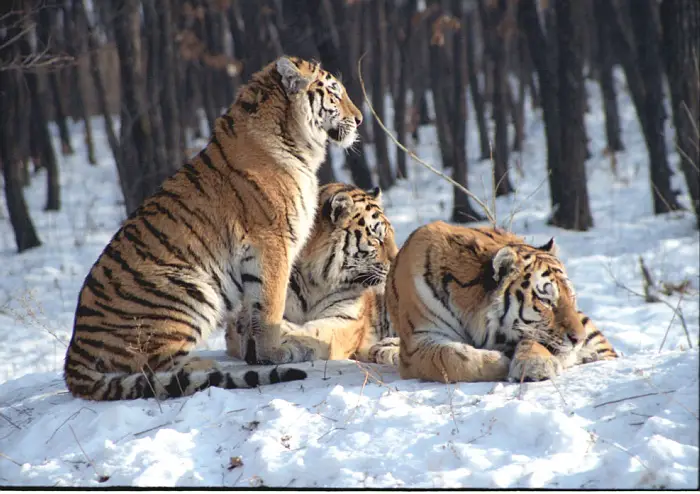How many of you know what is snow leopard? Not many for sure! Perhaps the only reason is that these leopards inhabit in a range where it becomes difficult for a layman to reach. Besides, if you stumble upon a leopard to photograph it then you’re certainly one of the luckiest men on earth. The snow leopards can grow to a length of about 7.5 feet (2.2 meters) or more, 40 inches (1 meter) of which is composed of leopard’s tail. Snow leopard is characterized by its long dense woolly fur displaying whitish grey to bronzy olive color; with undersides often exhibit pure white color. The leopard’s coat is mostly dominated with large the lopsided rosettes, but the black streak is sometimes visible running down the midline of the leopard’s back. They have thick fur tufts on their paws that keep them warm in extreme winter.
Did you ever try to figure out why these snow leopards are endangered?
As compared to other big cats, snow leopards are considerably smaller with a weight averaging 110 pounds (50 kg). Nonetheless, they show usual physical features of big cats including large canines, throttling its prey, retractable claws and forward-facing eyes that offer them an excellent night vision.
What is Snow Leopard
Equipped For Mountain Dwelling
Snow leopards inhabit all throughout the mountainous ranges of southern and central Russia including Pamris, eastward to Tibet and finally Himalayas. Going towards north they are found in Sayan and Atlai mountains in Mongolia and western China. Snow leopards are some of the least understood among big cats probably due to the fact they inhabit in sparsely populated regions where it is not easy to access them. They are primarily solitary animals and one might observe a single pair occupying an extensive valley. Snow leopards reside in high altitudes where extreme cool weather is no surprise. Conservationists aren’t exactly sure as to how far snow leopards travel in mountainous regions but the more probable range is 1,980 to 16,500 feet (600 to 5,000 meters), with occasionally reaching a height of 19,800 feet (6,000 meters).
Read More: How Fast Can a Snow Leopard Run?
Snow leopards are known to migrate seasonally in that they descend in winter to avoid harshness of the snows and storms. Nevertheless, they are perfectly adaptable for surviving in intense cold as its thick luxuriant coat serves as a real insulating medium. Since they have small ears, heat loss is minimal. Besides, the snow leopard’s tail also plays a significant role in keeping it warm as the animal curls around itself while sleeping.

Camouflaged For Hunting | What is Snow Leopard
The pale coat of snow leopard allows it to hide in the rocks and snow of high mountains. Besides, the asymmetrical pattern of rosettes camouflaged it by merging with the dappled shadows of juniper and birch trees that exist in its range.
Snow leopards hunt in day as well as in night, preying small creatures such as pikas, and ground squirrels to the large animals like markhor, tahr, gazelle, and ibex. When the prey is scarce, snow leopards take on domestic animals such as goats, sheep and cattle, which is also one of the reasons of their population decline as they directly come into conflict with humans. This happens mostly in winter. The snow leopard ambushes its prey while creeping as close as possible finally pouncing on the unsuspecting victim. These cats are capable to cover 15 yards (13.5 meters) in a single bound.
Learn more: Snow Leopard Facts For Kids
Life Cycle Adapted to Climate | What is Snow Leopard
Snow leopards have a fixed breeding season in order to avoid cubs from intense cool weather. The mating usually begins in late winter or early spring, after which two to four cubs are born encompassing a gestation period of 90 to 100 days. The mating mostly occurs in April. These are the ideal days for hunting as the weather is quite warmer. The females litter cubs in a rocky cleft which begins to accompany their mother to learn some hunting techniques in July. They are completely blind at their birth. The average lifespan of snow leopards is 21 years. These cubs will remain with their mother for this winter at least after which they’ll depart.
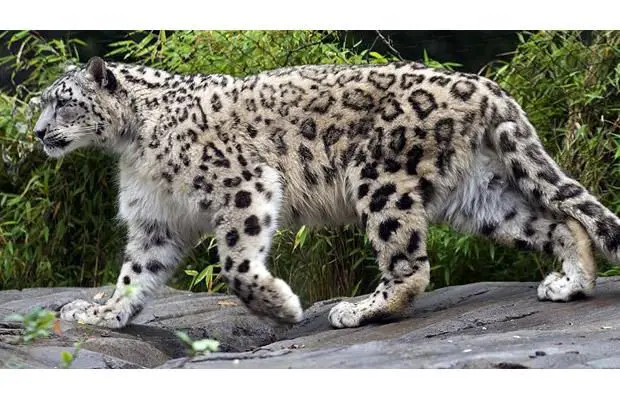
Slim Survival Chances | What is Snow Leopard
Due to the lack of reliable data, scientists aren’t quite sure precisely as to how many species are left in the wild. However, naturalists hold that 4,000 to 7,000 snow leopards are remaining in the wild, out of which 600 kept in the zoos of United States. During the recent times, the population faced drastic decline possibly due to the habitat loss, poaching, and overhunting. For instance, a large piece of alpine of land in Nepal is now employed for pasture. Nonetheless, international and local laws are there to protect these endangered species from illegal skin trade but the implementation always remains a matter of debate.
Survival Strategies | What is Snow Leopard
The only way to save snow leopards from being extinct is to create large and reliable sanctuaries as well as developing ecologically sound economies for the remote villages. Steps have been taken in the recent conservation programs that offer sheer incentives in the form of clothing and food, to discourage local people from hunting.



